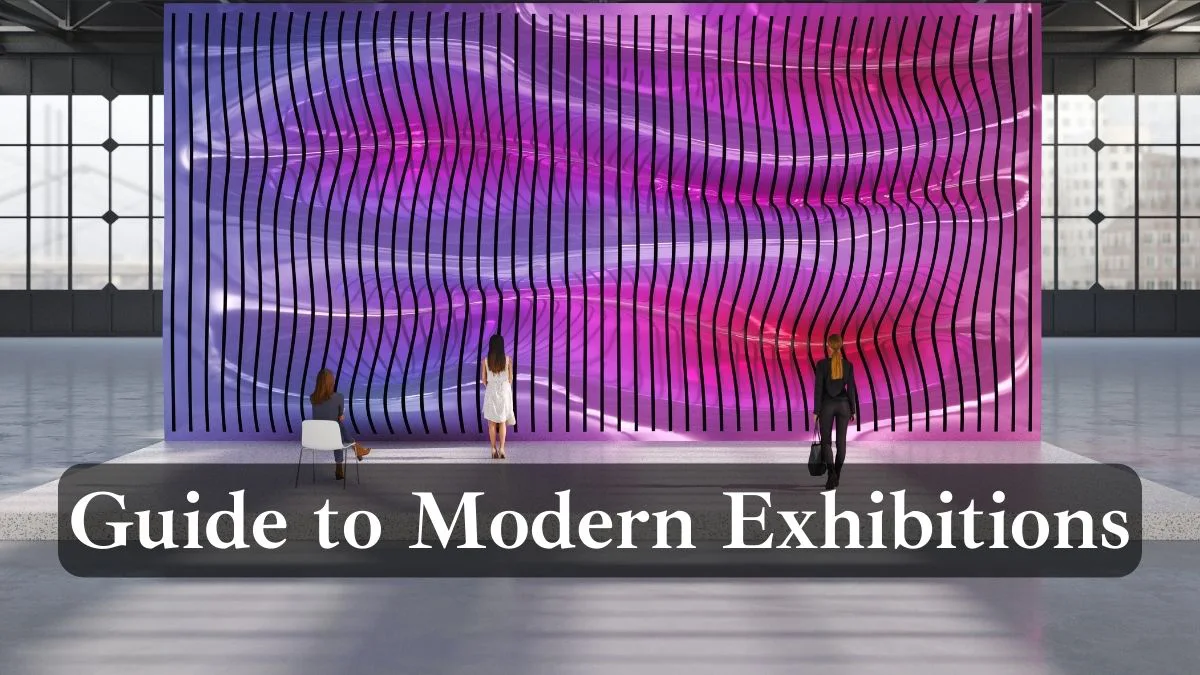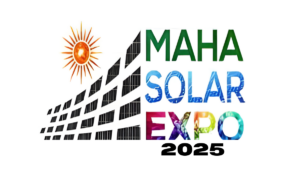Art installations, Installation arts, arts installation, Modern exhibitions, Contemporary art forms, Avant-garde movements, Three-dimensional art, Site-specific art installations, Interactive interfaces, Virtual reality and art, Infinity Mirror Rooms, immersive art installations, Multisensory experiences
Introduction:
This blog will unravel the secrets behind art installations, shedding light on the fusion of creativity and technology that defines modern exhibitions. Succumb to the transformative power of installation the artworks as we embark on this enlightening exploration together. In the realm of contemporary art, the allure and intrigue of arts installation have captivated audiences worldwide. This comprehensive guide invites you to embark on a journey exploring the mesmerizing world of installation work of arts, its significance, and the immersive experiences it offers in modern exhibitions. Delve into the origins and evolution of art installations, discover the profound impact it has had on the art scene, and gain insights into the intricate craftsmanship and aesthetic brilliance behind arts installation. From thought-provoking sculptures to captivating multimedia experiences, In the world of contemporary art, installations have emerged as a captivating and interactive medium of expression. Unlike traditional art forms that occupy a fixed space, installations encompass three-dimensional elements, combining various artistic mediums and techniques to create immersive experiences. This blog aims to dive into the world of installation work of arts, exploring its history, significance, and the captivating journey it takes viewers on in modern exhibitions.
1. The Origins of Art Installations:
To truly understand the intricacies of modern installations, it is crucial to explore their historical roots. Art Installation emerged in the 20th century as a reaction against the conventional methods of artistic expression. Its roots can be traced back to the avant-garde movements, such as Dadaism and Surrealism, where artists aimed to challenge aesthetic norms and blur the boundaries between art and life. Contemporary art forms have evolved significantly over time, with artists constantly pushing boundaries to challenge conventional artistic practices. One such innovative trend is installation the artworks, which emerged during the avant-garde movements of the 20th century. Unlike traditional painting or sculpture, installation the artworks embraces three-dimensional mediums to immerse viewers in a transformative experience. Exploring the origins of art installations allows us to delve into a world where artists weave personal narratives, provoke social commentary, and engage with their audience in unconventional ways. By breaking free from the constraints of two-dimensionality, installation the artworks disrupts the confines of traditional gallery spaces, transforming them into immersive environments where creativity knows no bounds.
2. Defining Installations Art:
Defining Art installation work of arts can be challenging due to its ever-evolving nature. However, the core essence lies in its ability to transform a space into an engaging and thought-provoking experience. Installations often incorporate elements like sculptures, multimedia, sound, lighting, and interactive components, creating a cohesive and immersive environment that resonates with the viewer on a visceral level. Contemporary art forms continually push boundaries and challenge traditional artistic practices, giving rise to dynamic and engaging experiences. Among these innovative trends is the emergence of installation the artworks, characterized by its three-dimensional and site-specific nature. Rooted in the avant-garde movements of the 20th century, installation art breaks free from the confines of traditional mediums and gallery spaces. Artists harness the power and possibilities of this art form to weave narratives, provoke thought, and create immersive environments that interact with viewers. Exploring the origins of art installations unveils a world where creativity knows no bounds, and the boundaries between art and the viewer’s reality blur to create captivating experiences in modern exhibitions.
3. The Purpose and Significance of Art Installations:
Installation the artworks seeks to transcend the boundaries of traditional artwork by engaging the viewer physically and emotionally. It serves as a vehicle for social commentary, personal narratives, and exploring complex ideas that may not be communicated as effectively through other artistic forms. By placing the viewer at the center of the artwork, installation artists invite personal interpretation and reflection, leading to a more profound connection between the art and the audience. Art installations hold tremendous purpose and significance within the realm of contemporary art forms. Going beyond traditional mediums, they utilize three-dimensional elements to create immersive and transformative experiences for viewers. Site-specific art installations, in particular, are crafted with a specific location in mind, using the surroundings and context to enhance the artist’s message. By exploring the fusion of space, materials, and subject matter, installation art allows artists to challenge societal norms, provoke thought, and engage viewers on both intellectual and emotional levels. These artistic creations blur the boundaries between art and the viewer’s reality, fostering a deeper connection and appreciation of the artist’s vision. Whether it’s through engaging with space, provoking dialogue, or offering a multisensory experience, art installations continue to push artistic boundaries, merge different disciplines, and shape the future of contemporary art.
4. Evolution and Modern Trends:
The world of installation arts has continuously evolved over the years, adapting to contemporary culture and embracing new technologies. Artists now incorporate elements like virtual reality, augmented reality, and interactive interfaces, blurring the line between physical and digital experiences. Furthermore, site-specific installations have gained prominence, where the artwork is uniquely tailored to the location and engages with the surrounding environment, elevating the viewer’s perception and appreciation. Installation the artworks has evolved significantly over the years, embracing modern trends that have revolutionized the way we engage with artistic expressions. One notable trend is the integration of interactive interfaces, where viewers become active participants in the artistic experience. This interactive element enhances the connection between the artwork and the audience, fostering a sense of immersion and engagement. Additionally, the advent of virtual reality in art has opened up new dimensions, allowing artists to create virtual worlds and transporting viewers to extraordinary realms. Another fascinating development is the rise of infinity mirror rooms, where mirrors and lights combine to create an illusion of infinite space, captivating the imagination and providing a mesmerizing visual spectacle. Immersive art installations have also gained prominence, where viewers are enveloped in a multisensory experience that encompasses sight, sound, touch, and even smell. As installation work of art continues to evolve, these modern trends push the boundaries of creativity, transforming exhibitions into extraordinary journeys of exploration and sensory delight.
5. Noteworthy Installations and Artists:
A comprehensive exploration of installation work of art would be incomplete without a closer look at some influential artists and their notable creations. From Yayoi Kusama’s iconic Infinity Mirror Rooms to Olafur Eliasson’s immersive installations, there are countless examples that showcase the power and versatility of this medium. This section of the blog will highlight a few exemplary installations and delve into the artists’ motivations and techniques. Exploring the realm of installation art reveals a plethora of noteworthy installations and talented artists who have pushed the boundaries of creativity. The integration of interactive interfaces has given rise to captivating works that actively engage viewers, such as Yayoi Kusama’s mesmerizing Infinity Mirror Rooms. These immersive environments utilize mirrors and lights to create an illusion of infinite space, transporting viewers into a realm of awe and wonder. Additionally, artists like teamLab have seamlessly intertwined virtual reality and art, creating dynamic and interactive digital landscapes that blend the physical and virtual worlds. Furthermore, the concept of immersive art installations has taken center stage, where artists like Olafur Eliasson employ a combination of light, sound, and sensorial elements to create ethereal and transformative experiences. By stimulating multiple senses, these installations provide a gateway to alternative realities, leaving an indelible impression on those fortunate enough to encounter them. As these talented artists continue to push the boundaries of installation art, they redefine the concept of artistic experiences, offering viewers a journey of discovery and a chance to explore new dimensions of artistic expression.
6. Experiencing Installations: A Guide for Viewers:
As a viewer, engaging with installation arts requires a different approach than traditional art forms. This section provides guidance on how to navigate installations, encouraging viewers to embrace the multisensory experience and embrace ambiguity. It also offers tips on how to document installations without disrupting the immersive atmosphere, respecting the artist’s intent. When stepping into the world of installation art, viewers are in for a treat as they embark on a journey of immersive and transformative experiences. To fully appreciate these captivating artworks, it is essential to engage with the interactive interfaces that artists have meticulously integrated. These interfaces invite active participation, allowing viewers to become part of the creation and enhancing the overall encounter. Moreover, the advent of virtual reality and art has expanded the possibilities, enabling viewers to step into digital realms and interact with the artwork in ways never before imagined. One must also embrace the enchantment of infinity mirror rooms, where mirrors and lights create an illusion of infinite space, mesmerizing the senses and challenging perceptions. In addition to visual elements, immersive art installations entice viewers with multisensory experiences, incorporating light, sound, and even tactile sensations to transport them to otherworldly dimensions. As viewers embark on their exploration of installation art, they should embrace these opportunities for interaction, virtual realms, infinite mirages, and multisensory marvels, to delve deep into the rich tapestry of artistic expression that awaits them.
Conclusion:
In conclusion, exploring the world of installation art offers viewers an invitation to immerse themselves in captivating and transformative experiences. The incorporation of interactive interfaces allows for active engagement, bridging the gap between the artwork and the audience. The integration of virtual reality and art opens up new dimensions, transporting viewers to digital realms and expanding the possibilities of artistic expression. The enchanting illusion of infinity mirror rooms captivates the senses, while immersive art installations provide multisensory experiences that transport viewers to extraordinary realms. As installation art continues to evolve, embracing modern trends, it redefines the boundaries of creativity and challenges perceptions of traditional exhibitions. So, embrace the opportunities for interaction, virtual realms, infinite reflections, and multisensory marvels as you embark on your exploration of installation art, and get ready to be captivated by the myriad wonders that await you. Installation art has undoubtedly left an indelible mark on the art world. Its ability to challenge, provoke, and immerse viewers is unparalleled. By exploring its history, significance, and evolution, we gain a better understanding of this distinctive medium and its impact on contemporary art. So the next time you visit a modern exhibition, immerse yourself in the captivating world of installation arts and witness the convergence of creativity, technology, and human experience.











